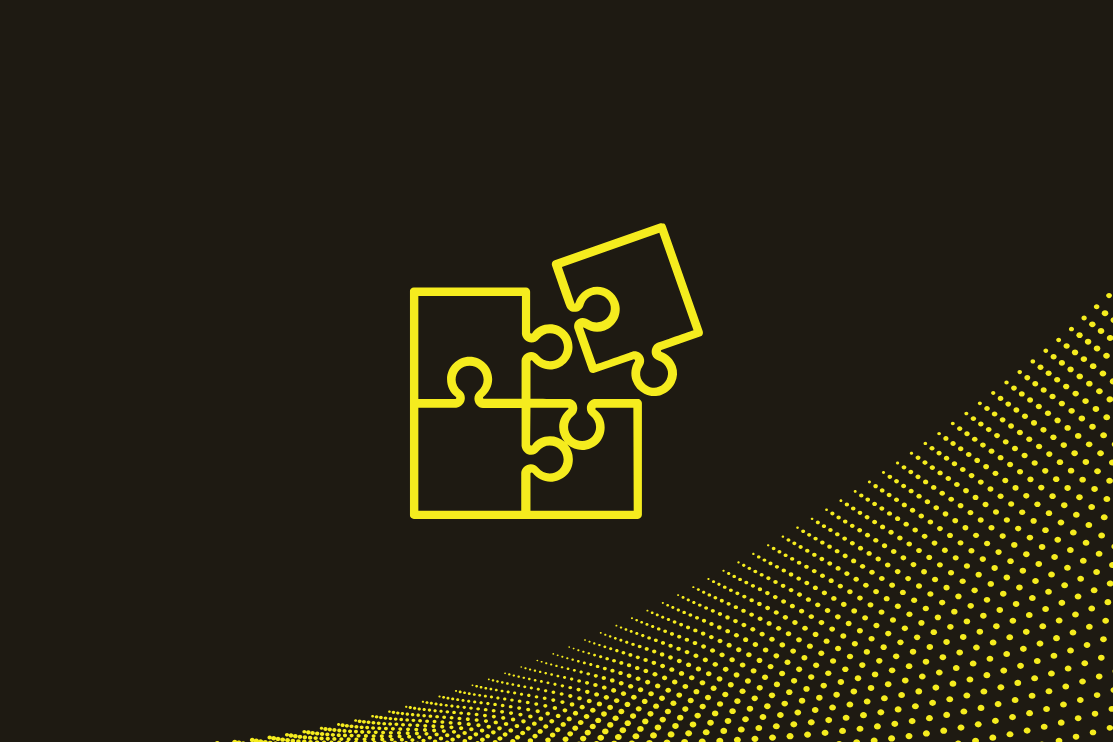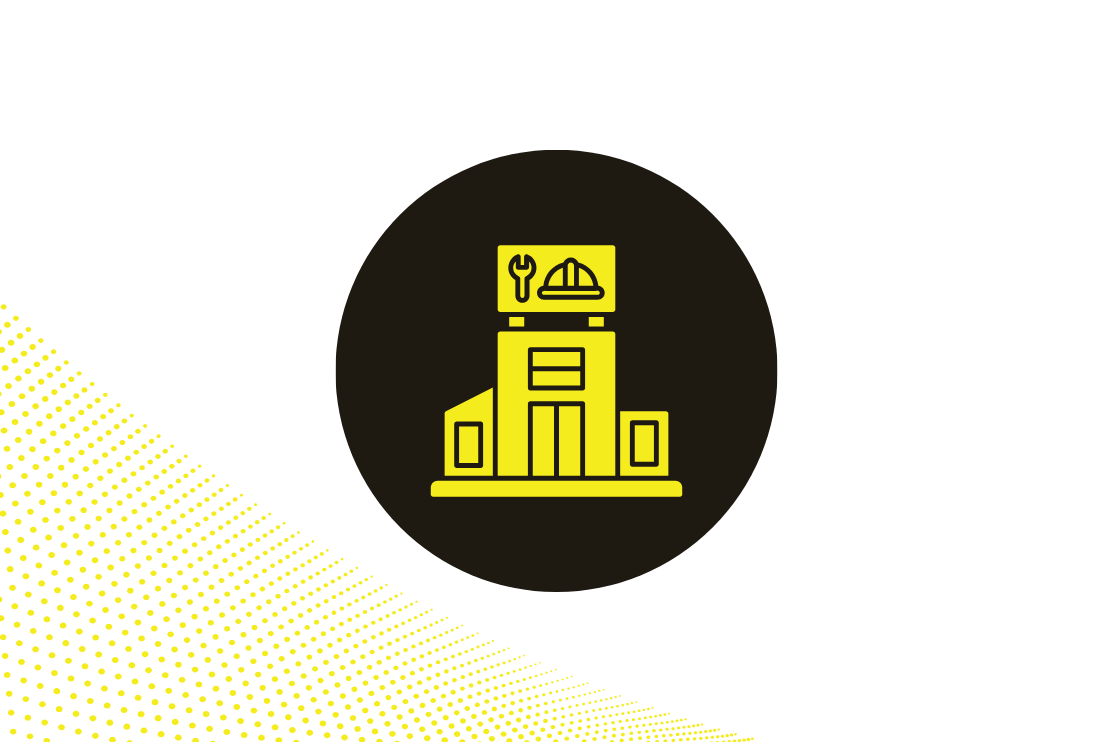Benefits Of Investing In WBL Programs: Launching High School Students into Healthcare Fields
Benefits Of Investing In WBL Programs: Launching High School Students into Healthcare Fields
Benefits Of Investing In WBL Programs: Launching High School Students into Healthcare Fields
Benefits Of Investing In WBL Programs: Launching High School Students into Healthcare Fields
Benefits Of Investing In WBL Programs: Launching High School Students into Healthcare Fields
Benefits Of Investing In WBL Programs: Launching High School Students into Healthcare Fields
Don't miss our breakout sessions!
Book time with our team on-site!
Our team is excited to meet you. Book a time that works best.


The recognition that a key goal of high school is to effectively prepare students to be successful in careers has become increasingly prominent over the past 20 years. The pendulum has swung from a seemingly singular focus on preparing all students for college to a realization that many students are better served by career training and pathways that bridge high school to skilled roles. Many communities, businesses, and governments at all levels have recognized that student career readiness is vital for their workforce development efforts and overall economic health and wellbeing.
Funding from federal and state governments–most notably in the form of the Perkins Act–has underpinned this prioritization and approach, allowing schools and districts to create programs and entire departments focused on career readiness and development. Schools have designed coursework and training programs to increase access to hands-on learning opportunities, expanded industry certifications, and embedded career pathways and exploration into the full swath of academic tracks and offerings. And, many have incentivized apprenticeships, internships, and other forms of work based learning (WBL) for students, recognizing the unparalleled value these experiences provide.
Even with these strides in career development and readiness efforts, wide-scale, sustainable programs that build cohesive partnerships with local industry and offer students a resourced pathway to a career destination have largely remained out of reach in many areas. Barriers of coordination, funding, liability, logistics, and communication continue to prevent many local communities from developing embedded work based learning programs.
Despite these challenges, school district and healthcare leaders in Spokane, Washington have come together to align their resources, needs, priorities, and missions to create a high-quality, mutually-beneficial, healthcare-focused WBL program that is transforming the career trajectories for students across their community.
Education and Healthcare Leaders Identify a Common Mission
A shared understanding of the value of career-connected learning experiences brought together leadership from Spokane Public Schools (SPS) and the Providence Medical Group. Both entities were excited to explore creative approaches to a partnership that could benefit schools, healthcare providers, and the experiences of students within Spokane. Providence was motivated to create a talent pipeline of skilled healthcare workers to ensure high-quality, culturally-responsive care for their patients. The school district sought opportunities for their students to learn and gain skills and certifications that would drive their future success in the healthcare industry, a field that has many high-opportunity jobs within the community. Together, they had a joint priority of expanding equity and access to healthcare-related careers. The Washington Alliance for Better Schools (WABS)--an organization dedicated to uniting school districts, industry, and the community in an effort to provide students in need with opportunities to pursue their goals–joined these efforts as an ideal partner with their experience building coalitions aimed at supporting underserved students.
Providence Healthcare Academy: Equity, Opportunity, and Career Development
Leaders from all three organizations worked in collaboration to develop partnership goals and coordinate logistics. The result of this collective planning was the establishment of the Providence Healthcare Academy. The Academy, which is in its first pilot cohort this spring, has four dedicated program pathways for students to become certified nursing assistants, medical assistants, sterile processing technicians, or pharmacy technicians.
From the start, the leadership team agreed that a core tenet of the program design would be to create equity-centered career pathways and made it a priority to engage students and families “furthest from opportunity” as well as those underrepresented in the healthcare industry. To this end, program leaders determined it was essential to compensate students for their time and efforts. This helped ensure that students who would otherwise need to work part-time jobs to earn income could fully participate. The partners also worked to eliminate any out-of-pocket expenses for students and families. Additionally, to facilitate future career growth and development within Providence–which has facilities throughout many western US states–program participants have access to tuition support and continuing education opportunities
A Purposeful and Collaborative Partnership
In alignment with the shared purpose and mission, all three partners committed to articulated roles, responsibilities, and contributions. WABS organized a team of leaders to plan, pilot, launch, and implement the program, engage underrepresented voices, and lead tours and job shadow opportunities to pique students’ interest in healthcare career paths. Providence created positions, provided compensation structures, marketed opportunities to classes, and oversaw onboarding of student employees. SPS recruited students, communicated expectations while providing support via advising, and provided logistical help including helping students set up bank accounts. Recurring bi-weekly check-ins with representatives from all three organizations allow for implementation issues to be quickly addressed and ensure that the program goals remain at the forefront.
Student-Centered, Hands-On Learning
The student experience is at the center of the Providence Healthcare Academy. Students are engaged in meaningful, real-world learning as part of their school day schedule. Most student participants spend half a day at their school site, completing more traditional coursework, and then have transportation provided to Providence for embedded, onsite WBL. Students are then transported back to their school so they can participate in extracurricular activities or get transportation home. Addressing these logistical challenges removed critical barriers for participation for students and families. To welcome students and as part of the onboarding process, students were given Providence-branded jackets and other hospital swag. This communicated to them, from the start, that they are valued members of the Providence community and will be treated like they are Providence employees in training.
Hospital-based mentors have been impressed with the students’ eagerness to develop skills and commitment to getting the most out of the program. One mentor shared that their student “sees every task as a chance to learn;” another noted that their student “has worked with a variety of technicians throughout her short time here and has asked great questions.” Another clinician described a student’s openness to feedback: “When she is working with a technician and has maybe made a minor error, or is shown a more efficient way to complete a task, she thanks them for the information and the time they spend with her, and then implements what they asked into the workflow.” These real-world learning and career-specific skill building opportunities have allowed students to see a clear purpose and application for their learning. And students who complete the program will be honored with their certifications at their high school graduation ceremonies, spotlighting the growth, effort, and postsecondary readiness they have achieved.
A Bright Future for Students and College And Career Readiness
Providence Healthcare Academy is the best of what is possible with a WBL industry partnership. It provides students with real-world, transferable learning and skills. It is creating a channel for future high-quality professionals who feel valued by and invested in the community they serve. It is reaching students who otherwise may not have the resources to access this kind of career preparation. And, the program builds a hopeful future for the student participants. With the certifications students earn, they can enter the workforce after high school graduation–either as a destination or as a means on the way to higher education–with a resume of professional experience and the credentials to earn a living wage.
The collaboration of Providence Healthcare Academy and Spokane Public Schools (A SchooLinks Partner District) serves as a model for the incredible potential that work based learning, industry partnerships, and community engagement can provide. Every community has local industries that have resources to offer as well as employment or growth needs. There are numerous schools that are working tirelessly to find ways to prepare students for fulfilling, sustainable careers that lead to a living wage. Entire communities benefit when leaders from schools and industry come together to identify elements of a shared mission and commit to working through logistical challenges by creating symbiotic processes for students, businesses, and schools.
Related Posts
See All




